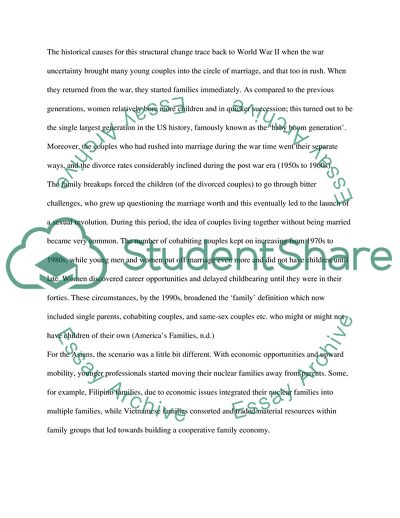Cite this document
(The Concept of Extended Families in the Japanese and Chinese Cultures Essay Example | Topics and Well Written Essays - 1250 words, n.d.)
The Concept of Extended Families in the Japanese and Chinese Cultures Essay Example | Topics and Well Written Essays - 1250 words. https://studentshare.org/family-consumer-science/1733767-psychology-oral-presentation-change-in-family-structure
The Concept of Extended Families in the Japanese and Chinese Cultures Essay Example | Topics and Well Written Essays - 1250 words. https://studentshare.org/family-consumer-science/1733767-psychology-oral-presentation-change-in-family-structure
(The Concept of Extended Families in the Japanese and Chinese Cultures Essay Example | Topics and Well Written Essays - 1250 Words)
The Concept of Extended Families in the Japanese and Chinese Cultures Essay Example | Topics and Well Written Essays - 1250 Words. https://studentshare.org/family-consumer-science/1733767-psychology-oral-presentation-change-in-family-structure.
The Concept of Extended Families in the Japanese and Chinese Cultures Essay Example | Topics and Well Written Essays - 1250 Words. https://studentshare.org/family-consumer-science/1733767-psychology-oral-presentation-change-in-family-structure.
“The Concept of Extended Families in the Japanese and Chinese Cultures Essay Example | Topics and Well Written Essays - 1250 Words”. https://studentshare.org/family-consumer-science/1733767-psychology-oral-presentation-change-in-family-structure.


